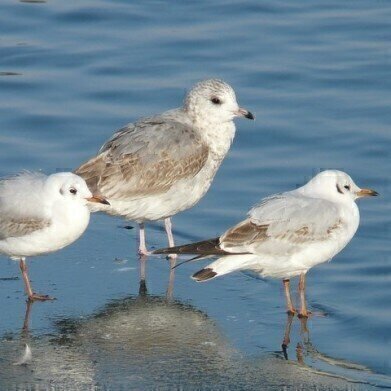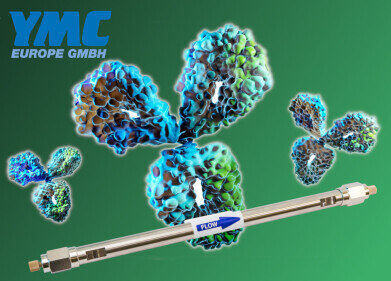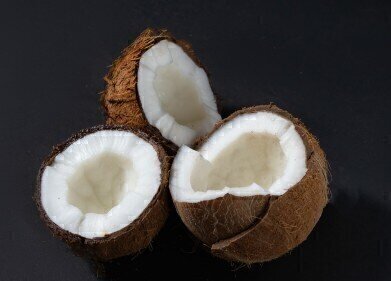Ion chromatography (IC)
Chromatography in the Clouds – How Do Birds Help the Atmosphere?
Dec 12 2016
Birds fly around all over the world. Whether you’re in the Arctic or the Amazon — it’s almost guaranteed you’ll be able to spot one, if not several species flying up above. Some birds migrate too, flying to follow the seasons across different countries and even continents. Swallows are notoriously long-distance migraters, moving south to Africa from their breeding spots in Europe. But do birds —like their human equivalents aeroplanes —have any impact on the atmosphere that they fly through?
Arctic migration
Unlike swallows, sea-dwelling birds are known to flock to the Arctic. A long flight to the top of the world there is worth it for many species, with the Arctic’s summertime water full of nourishment and nutrients. And this migration pattern certainly caught the attention of a team of environmental chemists — who wanted to see what effect this influx of birds had on the surrounding atmosphere.
They were particularly interested in the birds’ waste. Huge numbers of sea-birds settle in the Arctic and consequently their waste is left around the area. Known as ‘guano’, it is rich in nitrogen — specifically ‘urea’, a nitrogen compound — due to of their marine dominated diet. And when the urea is broken down by the surrounding water’s urea-feeding bacteria, it leads to the release of ammonia.
The ammonia effect
So, what does the ammonia do? Basically, it acts as glue when it’s released into the atmosphere, holding together sulphuric acid molecules in the atmosphere. These molecules, when held together, allow more water to collect in clouds and condense. This in turn makes clouds absorb more of the sun’s radiation, becoming brighter, and reflecting more of the sun’s light away from the Earth’s surface. So, the more ammonia, the more sulphuric acid, the more water, the brighter the cloud, and the stronger the cooling effect. Got it?
To test whether this process had a noticeable effect on the Arctic atmosphere, the team collected air samples and analysed them for levels of different compounds using ion chromatography – a technique regularly used with water and ice samples as discussed in the article, ‘Essential Role of Ion Chromatography in Constructing Ice Core Paleoclimatic Records’.
Over a period of six months, they found that the make-up of the air was being altered significantly when the birds entered the region. How? It’s partly due to the Arctic wind. In summer, when the effect takes place, the Arctic is almost remote from air circulation. As a result, any emissions have a much bigger effect than normal because they are allowed to remain untouched in the area and so the ammonia is allowed to indirectly cool the surface.
So there you go, it isn’t just the metal giants we send into the air that can affect the atmosphere — bird poo does too.
Events
Apr 22 2025 Kintex, South Korea
Analytica Anacon India & IndiaLabExpo
Apr 23 2025 Mumbai, India
Apr 27 2025 Portland, OR, USA
May 11 2025 Vienna, Austria
May 18 2025 Tempe. AZ, USA














